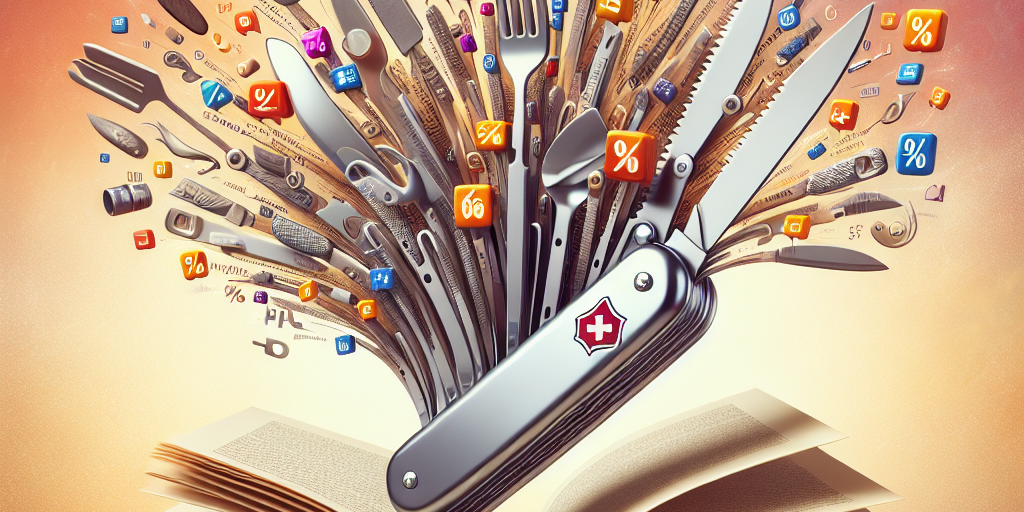Abbreviations are a common feature of the English language, helping to streamline communication and save time when writing or speaking. One abbreviation that stands out for its versatility and flexibility is « etc. »
Short for the Latin phrase « et cetera, » which translates to « and other things » or « and so forth, » etc. is often referred to as the Swiss Army knife of abbreviations. Just like the famous multi-tool, etc. can be used in a variety of situations and has a wide range of applications.
One of the main uses of etc. is to indicate that there are additional items that could be included in a list, but are not being explicitly mentioned. For example, if someone were to say, « I enjoy reading books by authors like Hemingway, Faulkner, etc., » the etc. at the end implies that there are other authors in the same category that the speaker could name, but chooses not to list out at that moment.
Etc. can also be used in a more general sense to indicate that something is continuing in a similar fashion or that there are more examples that could be given. For instance, if someone were to say, « She loves shopping, going to the movies, etc., » the etc. lets the listener know that there are other activities that the person enjoys that fall into the same category.
In addition, etc. is often used in academic writing to indicate that a point being made is just one example or part of a larger concept. This allows writers to avoid being too overly specific and instead provide a general overview of a topic without getting bogged down in details.
Overall, etc. is a handy abbreviation that can be used in a multitude of situations to add clarity, conciseness, and flexibility to written and spoken communication. So the next time you’re writing or speaking and want to indicate that there are additional examples or items worth mentioning, don’t forget to reach for the Swiss Army knife of abbreviations – etc.







